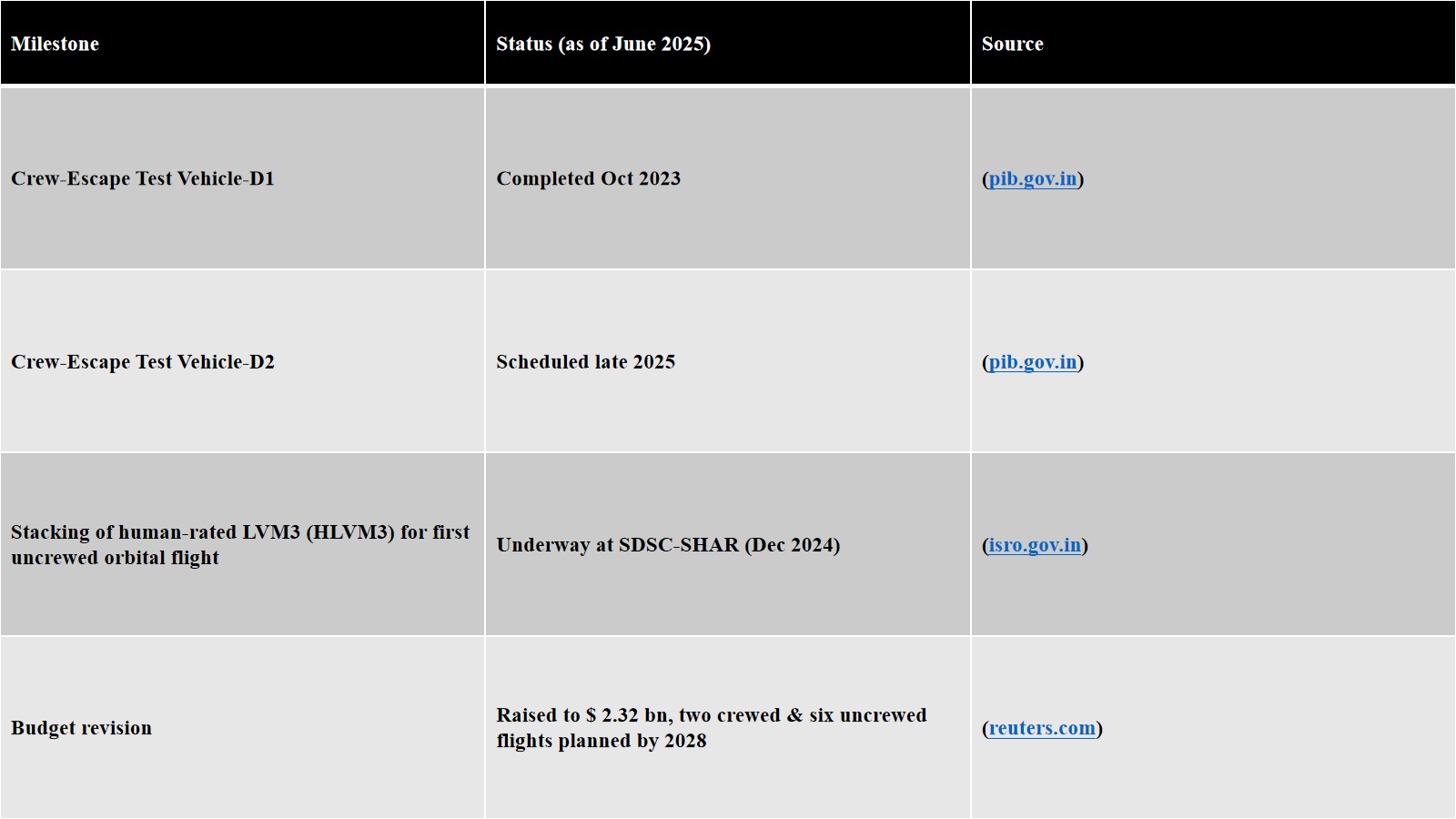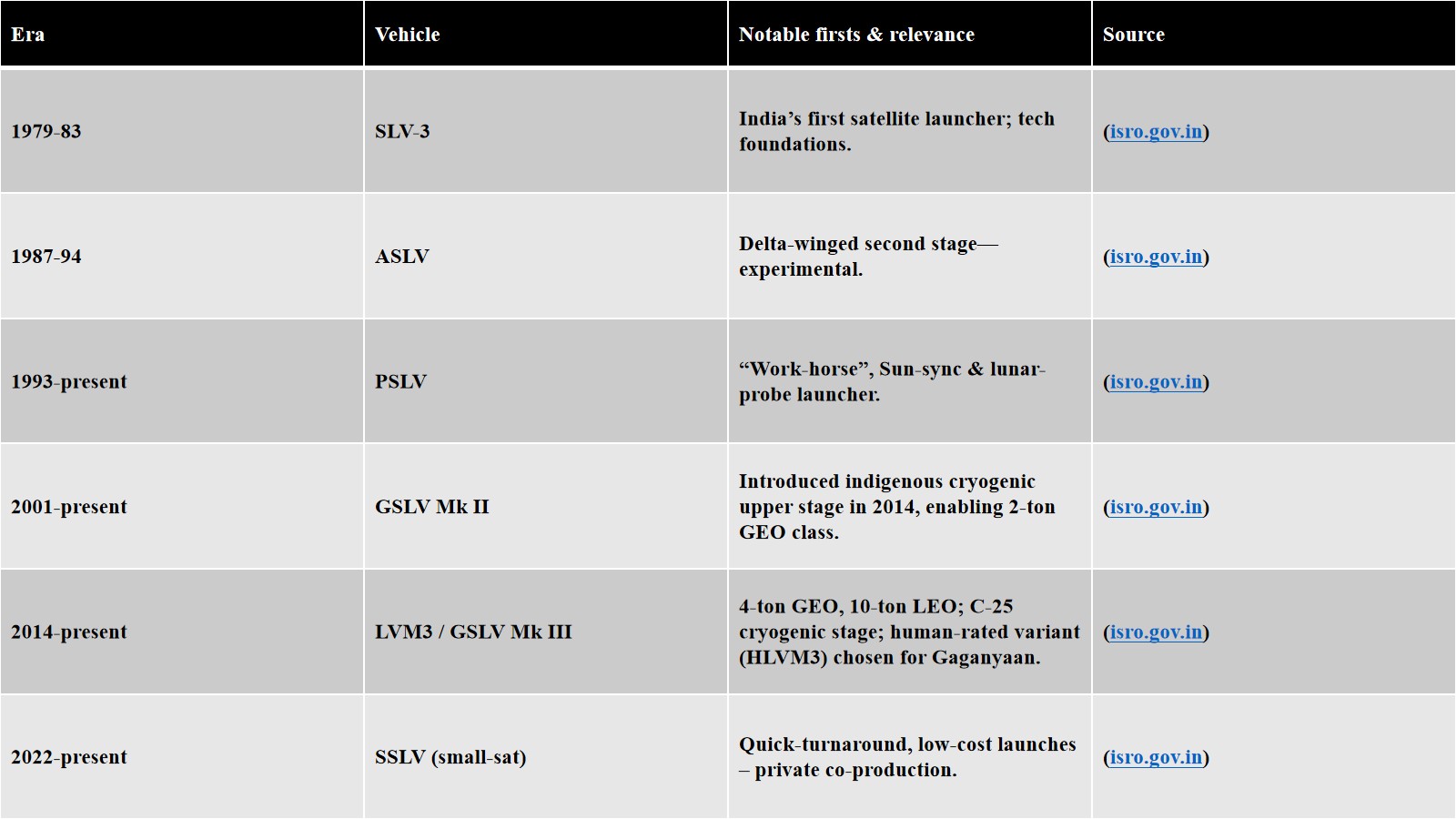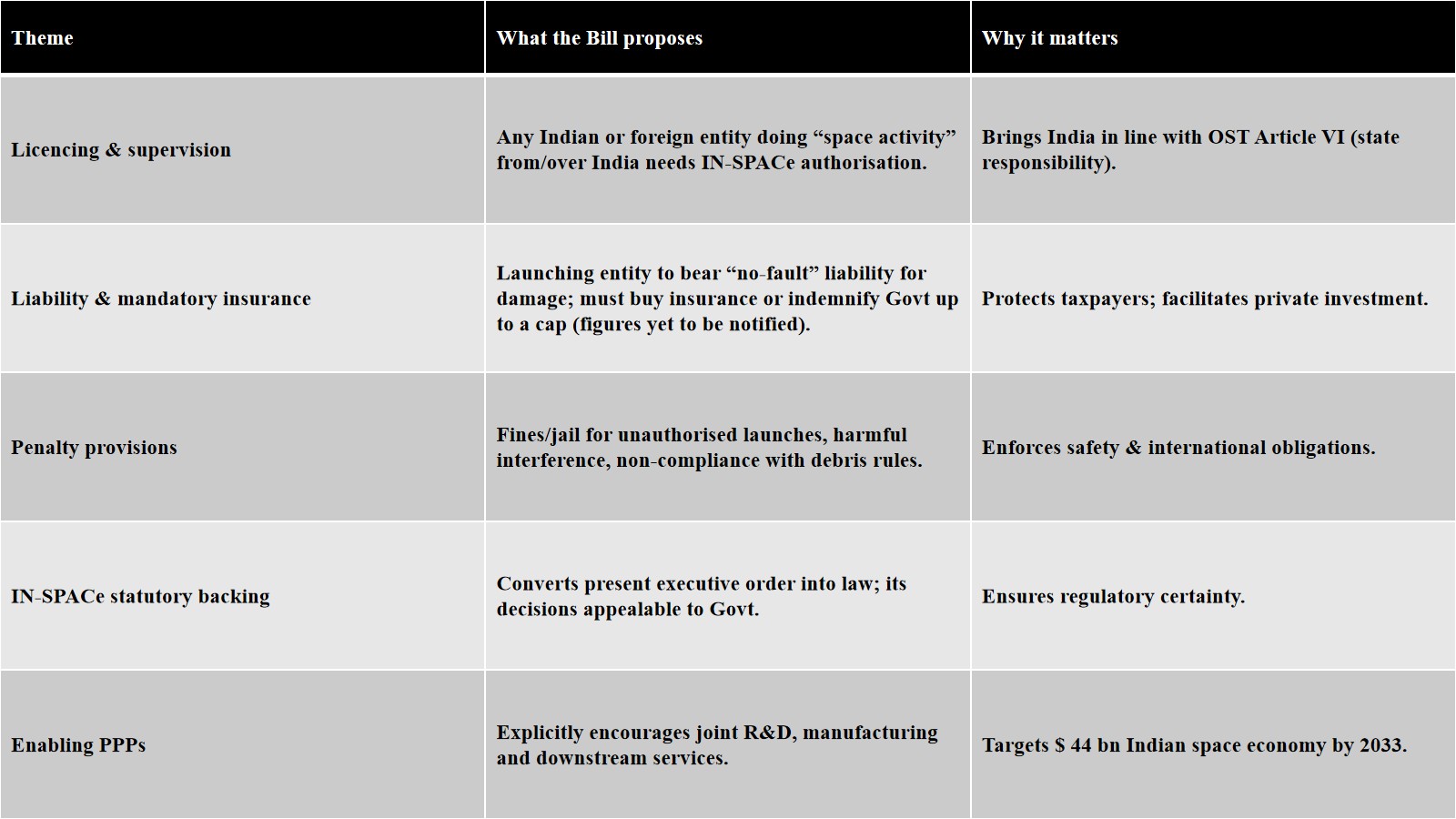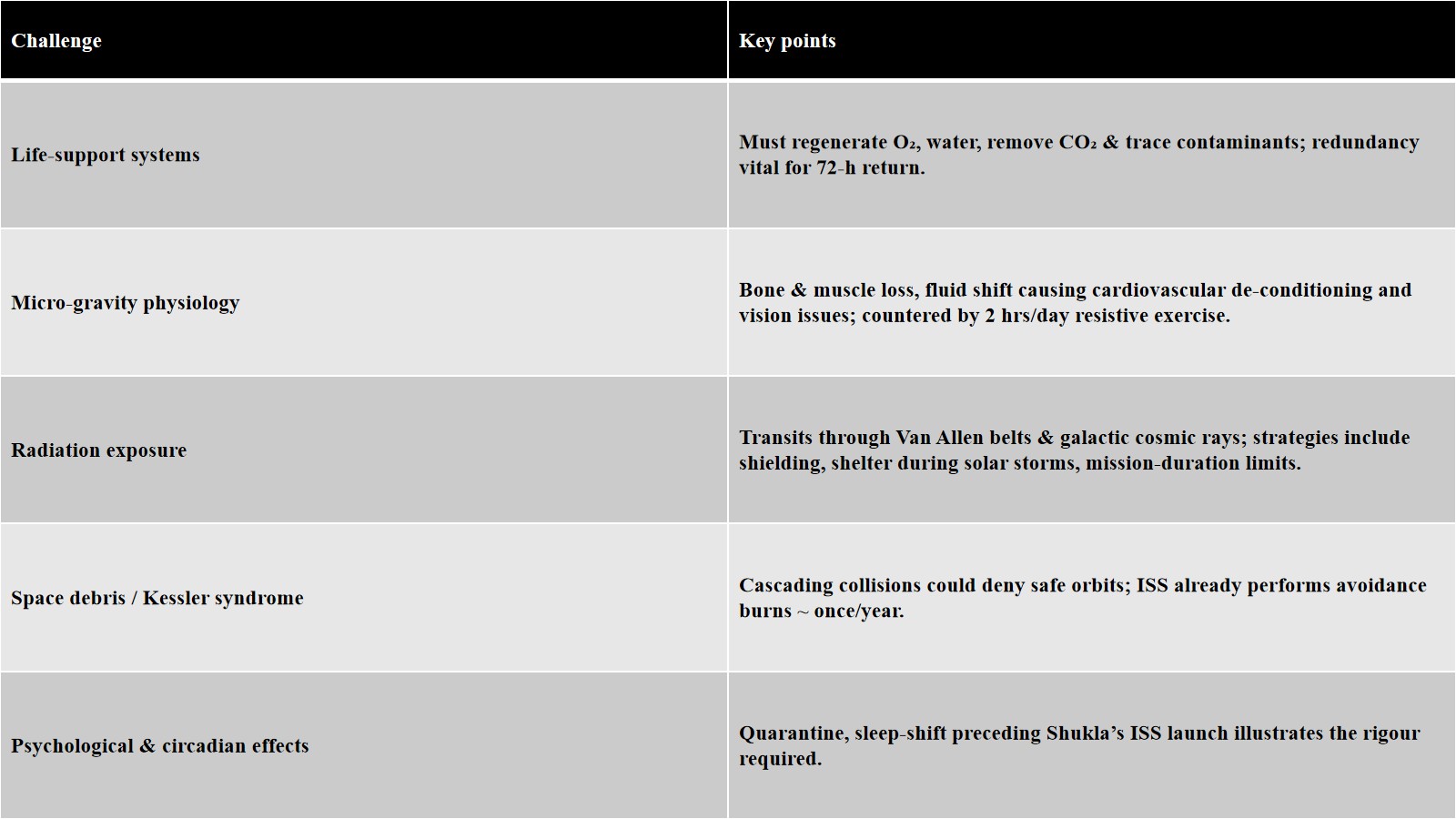Indian astronaut on the ISS / Gaganyaan progress
Historic ISS visit (June 2025)
-
Group Captain Shubhanshu Shukla became the first Indian citizen to reach the International Space Station, flying as pilot on Axiom Space’s Ax-4 mission aboard a SpaceX Crew Dragon.
-
The launch from Kennedy Space Center on 25 June 2025 ended a 41-year gap since Wing Cdr Rakesh Sharma’s 1984 Soyuz flight.
-
Besides 60 multinational experiments, India gained real-time experience with commercial crew operations—an important rehearsal for its own astronauts under Gaganyaan.
Where does Gaganyaan stand?
The human-rated LVM3/HLVM3 (adapted GSLV-Mk III) will carry three Indian astronauts for a 3-day low-Earth-orbit mission targeted for 2026, after two uncrewed dress-rehearsals.
Outer Space Treaty (1967), Moon Agreement (1979) & UN-COPUOS
Outer Space Treaty (OST), 1967
The OST is the ‘Magna Carta’ of space law. Key principles:
-
Peaceful uses only—no stationing of WMDs in orbit or on celestial bodies.
-
Non-appropriation—space and celestial bodies cannot be claimed by sovereignty or occupation.
-
State responsibility & liability for all national (governmental or private) space activities.
-
Astronauts as “envoys of mankind”; duty of rescue and return.
Moon Agreement, 1979
Extends OST principles specifically to the Moon and other bodies:
-
Declares them the “common heritage of mankind” and calls for an international regime to govern resource use.
-
Requires sharing of scientific results and notification of any station’s purpose.
-
Ratified by India in 1982, but not by major space powers—the reason exploitation rules are still debated.
UN Committee on the Peaceful Uses of Outer Space (COPUOS)
-
Set up in 1959 to frame space treaties, guidelines and capacity-building.
-
Works through two sub-committees (Scientific & Technical, Legal) that draft soft-law guidelines on space debris mitigation, long-term sustainability, planetary defence, etc.
Article 73 of the UN Charter – why is it mentioned?
Article 73 actually deals with the duties of states administering non-self-governing territories to act in the inhabitants’ interests. Although it does not speak of outer space, scholars draw an analogy: just as colonial powers had trusteeship duties, space-faring nations have fiduciary duties towards humankind when operating in the global commons of outer space. UPSC may test this conceptual link.
ISRO launch-vehicle evolution & cryogenic technology
Cryogenic propulsion (-253 °C liquid H₂/Lox) gives higher specific impulse, essential for heavy-lift and crew safety margins.
Institutional architecture: Dept. of Space, IN-SPACe & NSIL
-
Department of Space (DoS)—a direct portfolio of the Prime Minister; formulates policy and funds ISRO.
-
Indian National Space Promotion & Authorisation Centre (IN-SPACe) – autonomous single-window body (2020) that authorises, promotes and supervises private space activities, issues licences under the Indian Space Policy-2023.
-
NewSpace India Ltd. (NSIL) – DoS Public-Sector Unit (2019) that commercialises ISRO technology, markets launch services and coordinates full-vehicle production by industry consortia.
Together, they separate regulator, promoter and operator roles, aligning with global best practice.
Draft Space Activities Bill (latest version under finalisation)
Human-factor challenges in crewed spaceflight
How to integrate in your study
-
Prelims drill: Memorise treaty dates, firsts in launch-vehicle ladder, IN-SPACe vs NSIL roles, liability clauses.
-
Mains angle: Use Shukla’s ISS flight as a contemporary example to evaluate India’s human-spaceflight roadmap, or to discuss private sector regulation under Space Activities Bill.
-
Ethics paper: Trusteeship analogy from Article 73 can serve as a value-based intro on stewardship of global commons.




